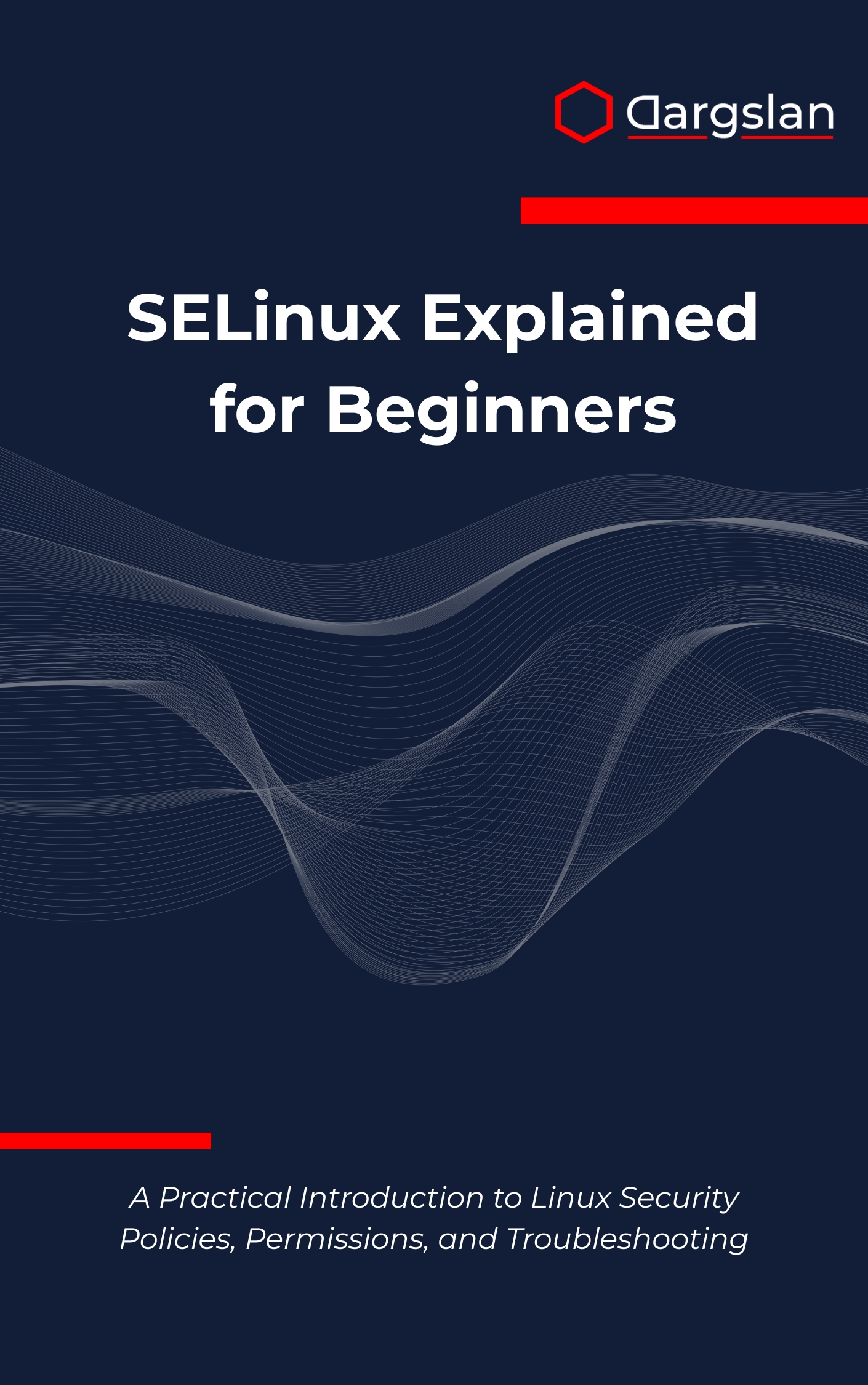SELinux Explained for Beginners
SELinux Explained for Beginners,Learn SELinux fundamentals and enhance your Linux system security with simple examples.

If SELinux has ever felt mysterious, complex, or downright frustrating, this guide turns that confusion into confident control. With clear explanations and step-by-step demonstrations, it shows you how to harden Linux systems without guesswork. You’ll go from “Why is this denied?” to “Here’s exactly how to fix it—securely.”
A Practical Introduction to Linux Security Policies, Permissions, and Troubleshooting
Overview
SELinux Explained for Beginners is a hands-on, results-focused introduction to Security-Enhanced Linux for real-world environments. Designed as A Practical Introduction to Linux Security Policies, Permissions, and Troubleshooting, this IT book doubles as a programming guide and technical book for administrators, developers, and analysts who need dependable security without slowing down deployment.
You’ll learn SELinux architecture and concepts, explore mandatory access control, and master security contexts and labels to ensure processes and files stay within strict boundaries. The book breaks down SELinux modes and states, file context management, and web server security with examples you can replicate on popular distributions. It also covers SELinux booleans, denial troubleshooting, custom policy writing, SELinux tools and utilities, production implementation, and security best practices—woven into practical tasks you’ll actually perform on servers.
By the end, you’ll know how to interpret AVC denials, adjust contexts correctly, tune booleans safely, and write maintainable policies that hold up in audits and incident response. Whether you’re locking down a single Linux host or deploying at scale, this guide gives you the clarity, confidence, and repeatable techniques required for modern defense-in-depth.
Who This Book Is For
- System administrators who want reliable, step-by-step methods to deploy SELinux in enforcing mode without breaking services, along with clear troubleshooting playbooks.
- Developers and DevOps engineers seeking to ship secure applications by understanding labels, types, and booleans—so containers, web stacks, and CI/CD pipelines run safely.
- Security practitioners and learners motivated to elevate access control maturity, reduce attack surface, and turn audit findings into actionable, policy-driven improvements.
Key Lessons and Takeaways
- Understand SELinux modes and states, and learn when to use permissive versus enforcing for safe rollouts and controlled production implementation.
- Apply file context management and security contexts and labels to keep services—from databases to web servers—operating with least privilege.
- Diagnose and resolve denials fast by reading AVC logs, adjusting SELinux booleans, or crafting minimal custom policy modules that pass audits.
Why You’ll Love This Book
It focuses on clarity and practice over theory, guiding you through real setups such as web server security, application deployment, and multi-user systems. Each concept is anchored by examples that show exactly what to run, what to look for, and how to validate your changes.
The pacing is beginner-friendly yet professional, making advanced topics—like custom policy writing and targeted type enforcement—feel approachable. You’ll also find checklists, quick references, and repeatable procedures that fit into busy operations work.
How to Get the Most Out of It
- Start with the fundamentals of SELinux architecture and concepts, then move into labels, types, and transitions before tackling booleans and policy modules.
- Practice on a staging VM: toggle enforcing and permissive modes, inspect contexts, and use SELinux tools and utilities to trace how access decisions are made.
- Complete mini-projects: secure a web stack with proper file contexts, use booleans to enable specific features, and write a minimal module to solve a recurring denial.
Get Your Copy
Harden your Linux systems with confidence, cut troubleshooting time, and build a maintainable security baseline that scales. Take the next step in mastering mandatory access control and make SELinux your ally instead of an obstacle.




